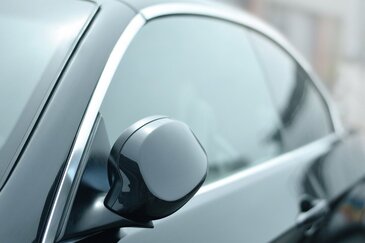 While windows and windscreens serve their everyday purposes, you can make them look better and stylish. Window tinting can add style and shade to the window glass of a car. More commonly, many install window tinting to cars for aesthetic reasons. Other benefits come with tinting windows. There are real laws to follow to ensure that your car tint comes legal. You will want to know the legal tinting regulation in your area as there are real consequences to pay when car tinting goes too far. The Benefits Of Tinting While tinting may add to your expense, is it worth it? You may find it helpful if you live in the sunlit territory. Window tinting comes with many benefits, and sun protection is the most obvious. Quality windows tint will block UVA and UVB rays to some degree. Stylish Look. Darkened windows add style to any vehicle. Tinted windows on any car model can make it look more valuable and sleeker. Safety. The tinting process includes adding an extra thin layer of tint to your car window. This added layer provides the glass with added protection, making it more resistant to break-ins and falling apart while broken. Temperature Control. Window tint blocks sunlight, and your car will feel a lot cooler in effect. Also, it can keep your car at an ideal temperature. Privacy. If you feel uncomfortable being observed by drivers and pedestrians while in your car, window tinting solves the problem. Tinted windows make it harder for others to see inside your vehicle, getting the privacy you want when driving. What Is Legal Tint Darkened windows enhances the look of cars. But, how dark are you permitted to go? When it comes to Australian regulations and guides for car window tinting it is commonly allowed to have a car window tint of no less than 35% Visible Light Transmission (VLT). Both 35% and 50% VLT are legally suitable for vehicle windows with no existing tint. Comments are closed.
|